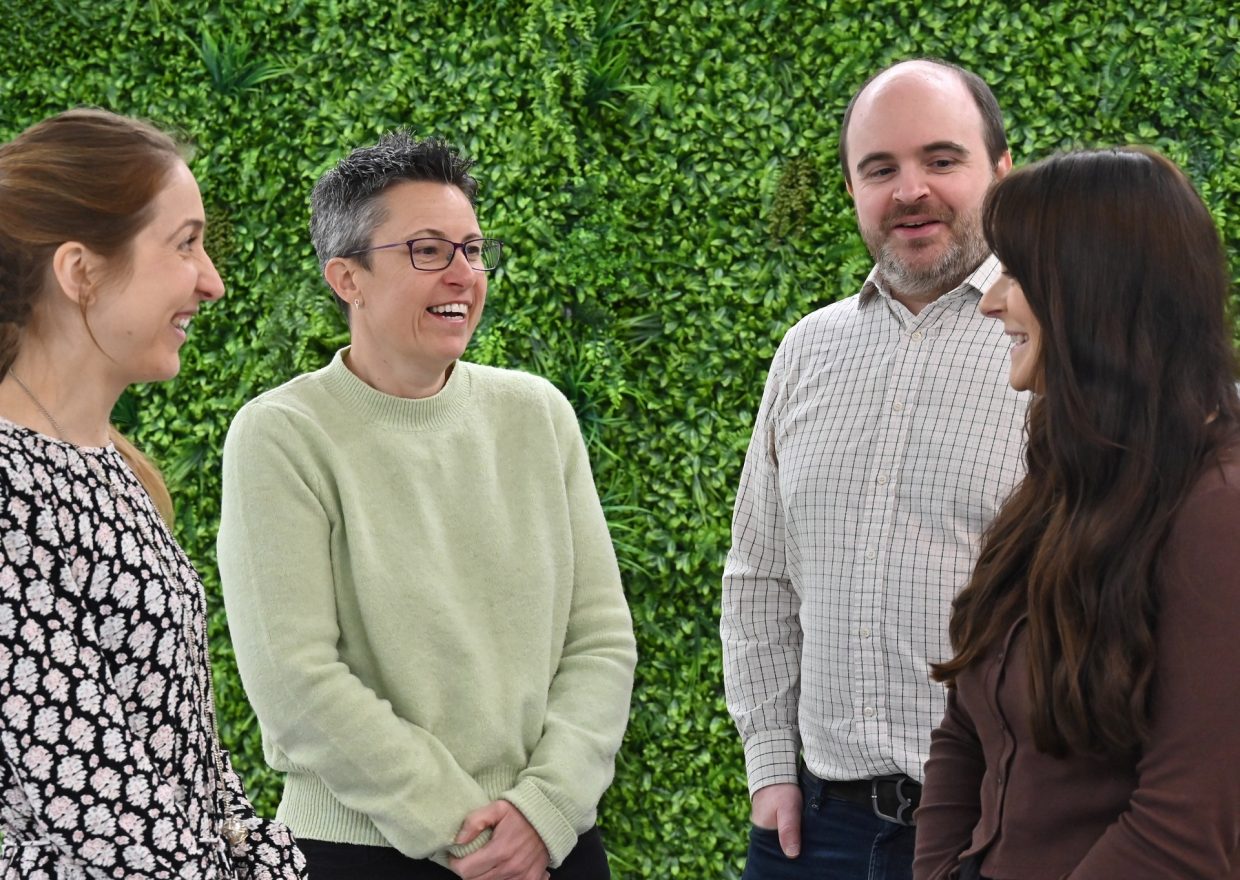A healthy relationship
As with any relationship, building trust takes time and can be broken in seconds. As a result, building trust between employers and employees can be tricky to navigate.
One wrong move and employers may begin to experience employee dissatisfaction, low levels of productivity or an increase in staff turnover. But get it right, and the partnership can be something quite formidable.
Here are our top tips for finding the all-important trust sweet spot to ensure large-scale change programmes remain on track through trusted team relationships.
1. Set clear expectations from the start
The best way to make sure work is completed to the highest standards is to set transparent expectations at the beginning of any new change programme.
This could be done through mutually agreed key performance indicators (KPIs) which can be regularly measured throughout the project.
Some examples to include might be how often reporting on the project is expected, levels of client or employee satisfaction or return on investment for the client.
2. Outline a budget and a timeframe
With lots of moving parts, large-scale change programmes are sometimes at risk of going over budget or expected timeframe. Like setting KPIs prior to a project launch, budgets and timeframes should be made clear to all employees involved in the project.
There should also be frequent check-in points to reduce the risk of deviations from allocated spend and time.
Setting a clearly defined roadmap can help to alleviate employee confusion throughout the project. It can also mitigate the risk of friction between employees and leaders and ensure productivity remains at a high level.
3. Focus on clear communication
One of the fundamental building blocks of trust is communication and should therefore be a priority for business leaders in the workplace.
During a change project, it can be easy for communication between employers and employees to break down. This is not ideal for an organisation aiming to craft trusted team relationships.
Taking a proactive approach to communication can start at a weekly update email to all employees highlighting the progress of the project. Other means of communication might include:
- regular team meetings, encouraging conversations within the team
- workshops to encourage ownership
- anonymous feedback forms which are regularly addressed to ensure staff voices are heard
4. Foster and encourage team relationships
Trust is built both in and outside of the office environment. However, many leaders don’t actively encourage during or after work team socials. Regular employee team bonding can help to improve staff morale and increase productivity.
During a change project, staff socials or team building are a good way to unlock team collaboration and spark new ideas. Particularly in lieu of the decrease in ‘water-cooler’ moments since the rise of hybrid-working.
Building trust is essential for any business, but particularly during a change journey with many moving parts. An employee who feels heard, empowered and trusted to conduct their work without micromanagement will increase overall productivity. This will free up more time for managers and leaders to focus on project delivery and overall strategy.

